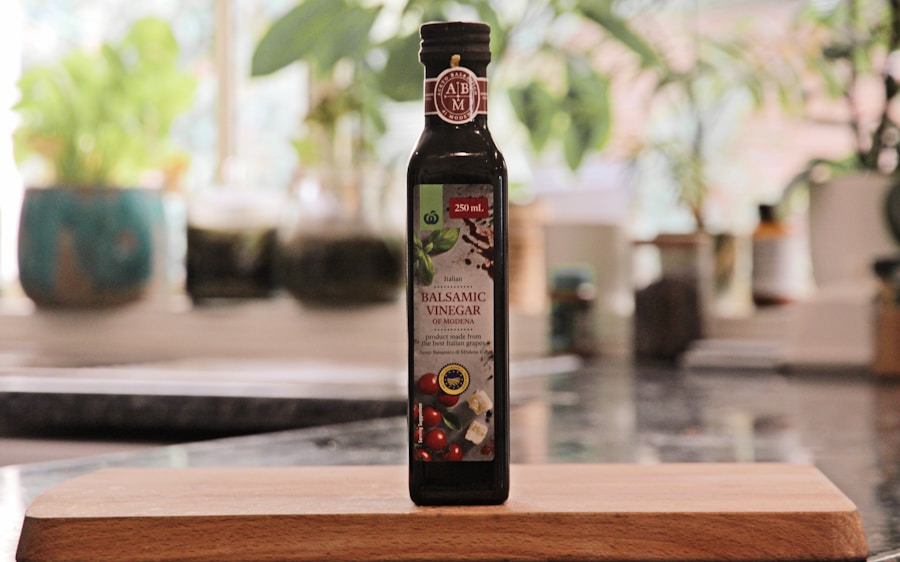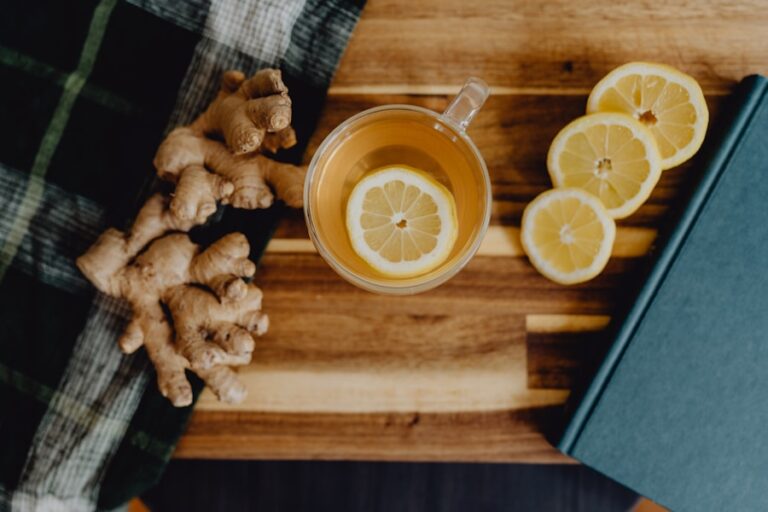Vinegar 101: Everything You Need to Know About this Versatile Kitchen Staple
Vinegar has a long and storied history, dating back to ancient times. The Babylonians were using it as a preservative as early as 5000 BC, and the ancient Greeks and Romans used it for both culinary and medicinal purposes. In fact, the word “vinegar” comes from the French words “vin aigre,” which mean “sour wine,” reflecting its origins as a byproduct of the fermentation of wine. Throughout history, vinegar has been used for everything from pickling and preserving food to cleaning and disinfecting. In modern times, vinegar has continued to be a versatile and useful substance, with a wide range of applications in cooking, cleaning, and even personal care.
Vinegar has been a staple in households for centuries, and its uses have only expanded over time. From its origins as a preservative and flavor enhancer, vinegar has evolved into a multi-purpose product that is used in everything from salad dressings to household cleaning solutions. Its acidic nature makes it an effective cleaner and disinfectant, while its tangy flavor adds depth to a wide variety of dishes. Whether you’re looking to add a splash of flavor to your cooking or clean your home without harsh chemicals, vinegar has a place in your life.
Types of Vinegar: A Guide to Different Varieties and Their Uses
There are many different types of vinegar available, each with its own unique flavor profile and uses. The most common type of vinegar is white vinegar, which is made from distilled alcohol and has a sharp, acidic taste. It is often used in pickling and preserving, as well as in cleaning solutions. Apple cider vinegar is another popular variety, known for its slightly sweet and fruity flavor. It is often used in salad dressings and marinades, as well as for its purported health benefits. Other types of vinegar include red wine vinegar, which has a rich, robust flavor that is perfect for vinaigrettes and sauces, and balsamic vinegar, which is dark, sweet, and syrupy, making it ideal for drizzling over salads and roasted vegetables.
In addition to these common varieties, there are also more exotic types of vinegar available, such as rice vinegar, which is popular in Asian cuisine, and sherry vinegar, which adds a complex, nutty flavor to dishes. Each type of vinegar has its own unique characteristics and uses, so it’s worth experimenting with different varieties to find the ones that best suit your tastes and cooking style. Whether you’re looking for a tangy addition to your favorite recipes or a natural cleaning solution for your home, there’s a type of vinegar that’s perfect for the job.
Health Benefits of Vinegar: How It Can Improve Your Well-being
In addition to its culinary and household uses, vinegar has also been touted for its potential health benefits. Apple cider vinegar, in particular, has gained popularity as a natural remedy for everything from weight loss to digestive issues. It is believed to help regulate blood sugar levels, aid in weight loss, and improve digestion. Some studies have also suggested that vinegar may have antimicrobial properties, making it an effective natural disinfectant. Additionally, the acetic acid in vinegar has been shown to help lower cholesterol and blood pressure levels, potentially reducing the risk of heart disease.
While more research is needed to fully understand the health benefits of vinegar, there is evidence to suggest that it can be a valuable addition to a healthy lifestyle. Whether you’re looking to improve your digestion, lower your cholesterol, or simply add more flavor to your meals, incorporating vinegar into your daily routine may have positive effects on your overall well-being.
Vinegar in Cooking: Tips and Tricks for Incorporating It Into Your Recipes
Vinegar is a versatile ingredient that can add depth and complexity to a wide range of dishes. In addition to its traditional uses in pickling and preserving, vinegar can be used to brighten flavors, tenderize meats, and balance out rich or fatty dishes. A splash of vinegar can add a tangy kick to soups and stews, while a drizzle of balsamic vinegar can elevate a simple salad to new heights. In baking, vinegar can be used as a leavening agent or to create a reaction with baking soda that produces light and fluffy baked goods.
When cooking with vinegar, it’s important to choose the right type for the job. White vinegar is best for pickling and preserving, while apple cider vinegar is perfect for salad dressings and marinades. Red wine vinegar adds depth to sauces and vinaigrettes, while balsamic vinegar is ideal for drizzling over roasted vegetables or fresh strawberries. Experimenting with different types of vinegar can open up new possibilities in the kitchen and help you discover exciting new flavors.
Cleaning with Vinegar: How to Use It as a Natural and Effective Cleaner
Vinegar’s acidic nature makes it an effective natural cleaner that can be used throughout the home. It can be diluted with water to create an all-purpose cleaning solution that is safe for use on countertops, floors, and appliances. Its antimicrobial properties make it an effective disinfectant, while its acidic nature helps break down grease and grime. Vinegar can also be used to remove odors from fabrics and surfaces, making it an ideal solution for pet owners or anyone looking to freshen up their home.
In addition to its cleaning properties, vinegar can also be used as a natural fabric softener and deodorizer in the laundry room. Adding a splash of vinegar to the rinse cycle can help remove detergent residue from clothes and towels, leaving them soft and fresh-smelling. Whether you’re looking to clean your home without harsh chemicals or simply freshen up your laundry, vinegar is an affordable and eco-friendly solution.
Vinegar in Beauty and Personal Care: Surprising Ways to Use It for Your Hair and Skin
In addition to its culinary and household uses, vinegar can also be incorporated into your beauty and personal care routine. Apple cider vinegar is particularly popular for its potential benefits for hair and skin. It is believed to help balance the pH of the scalp, reduce dandruff, and add shine to hair. When diluted with water, it can be used as a clarifying rinse to remove product buildup and restore luster to dull hair. It can also be used as a natural toner for the skin, helping to balance oil production and reduce acne.
In addition to apple cider vinegar, other types of vinegar can also be used in beauty treatments. For example, white vinegar can be used as a natural deodorant or foot soak, while balsamic vinegar can be used as an exfoliating scrub for rough elbows or knees. Whether you’re looking to improve the health of your hair or skin or simply want to incorporate more natural products into your beauty routine, vinegar offers a wide range of possibilities.
Making Your Own Vinegar: A Beginner’s Guide to DIY Fermentation
For those who are interested in exploring the world of fermentation, making your own vinegar at home can be a fun and rewarding project. All you need is some fruit scraps or leftover wine, water, and time. The process involves allowing the fruit or wine to ferment with the help of naturally occurring bacteria until it turns into vinegar. This can take anywhere from a few weeks to several months, depending on the type of fruit or wine you are using.
Once you have made your own vinegar, you can experiment with different flavors by adding herbs or spices during the fermentation process. Homemade vinegar can be used in cooking, cleaning, or even as a unique gift for friends and family. Making your own vinegar is not only a sustainable way to reduce food waste but also a way to connect with the ancient art of fermentation. With some patience and creativity, you can create your own custom blends of vinegar that are sure to impress.

